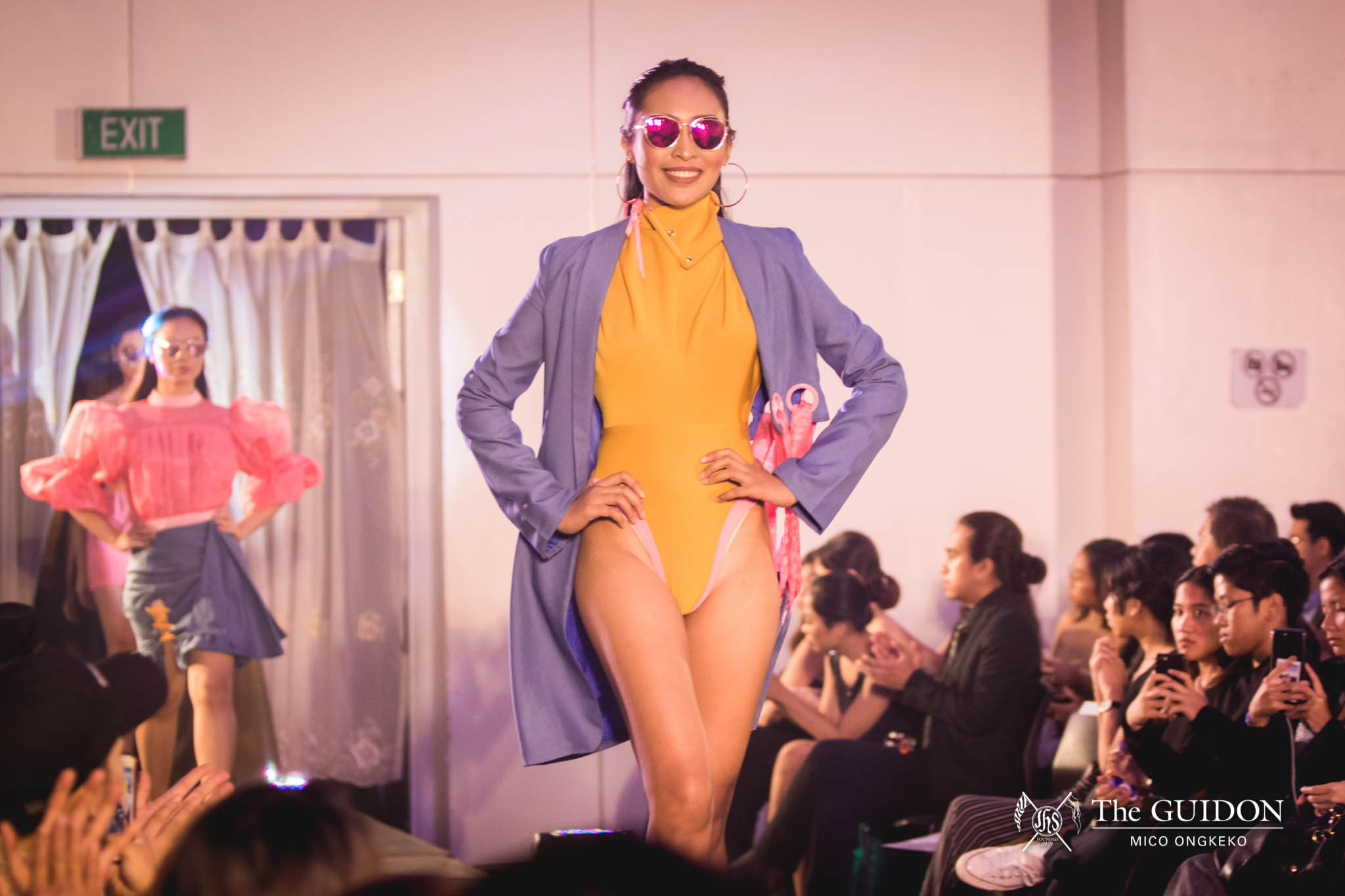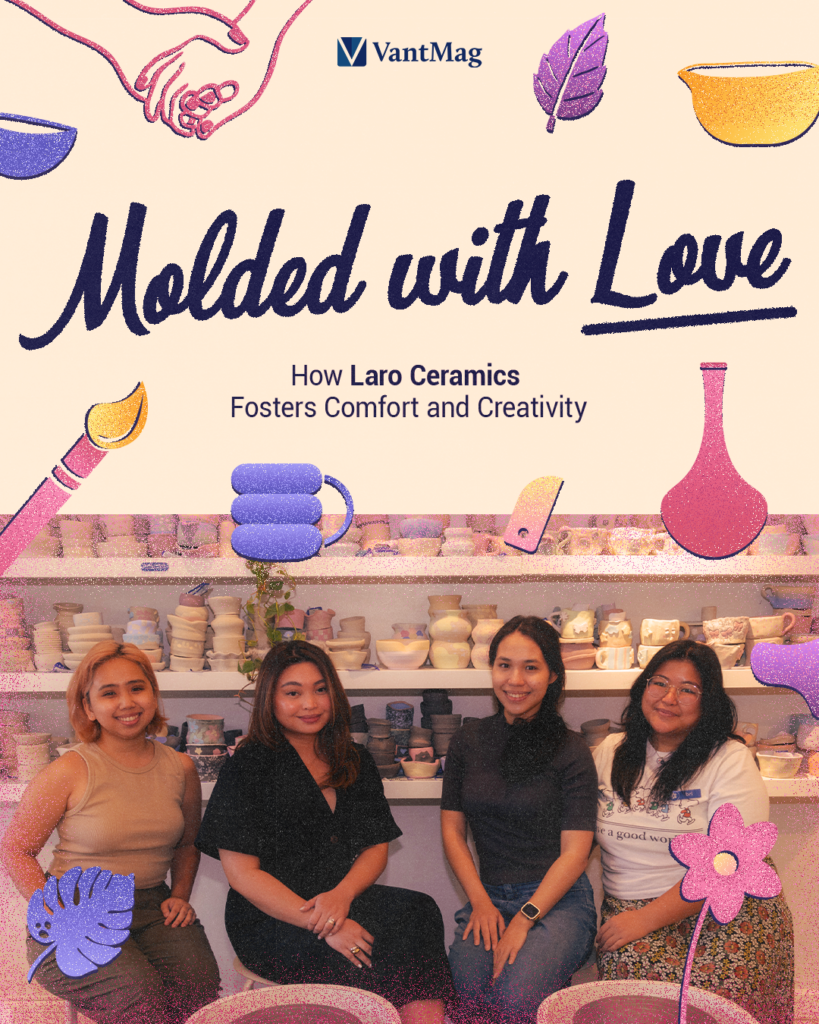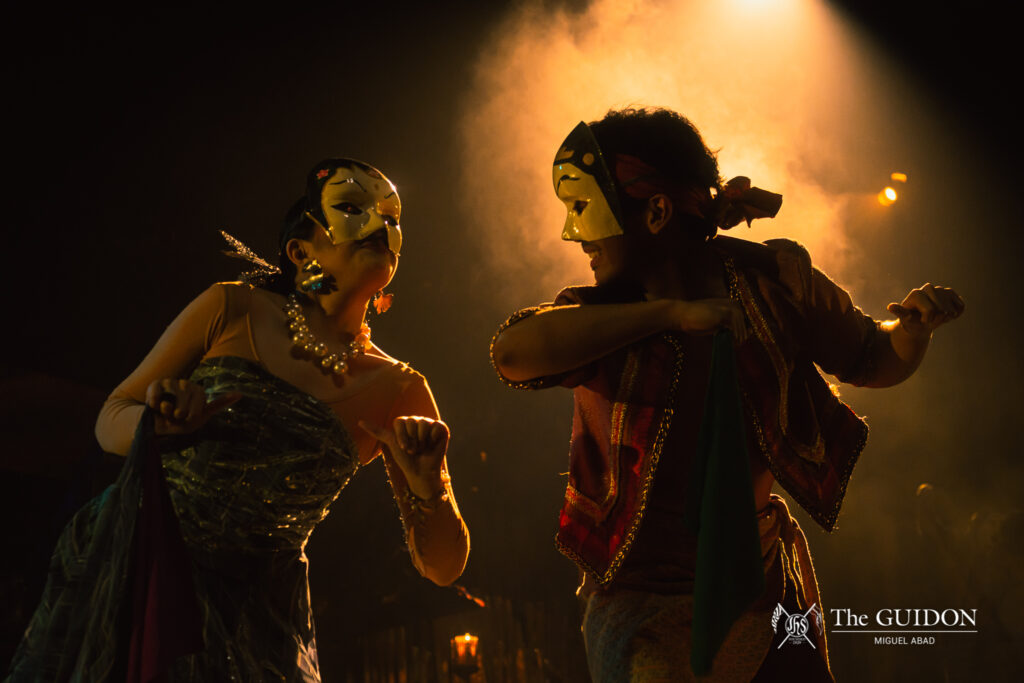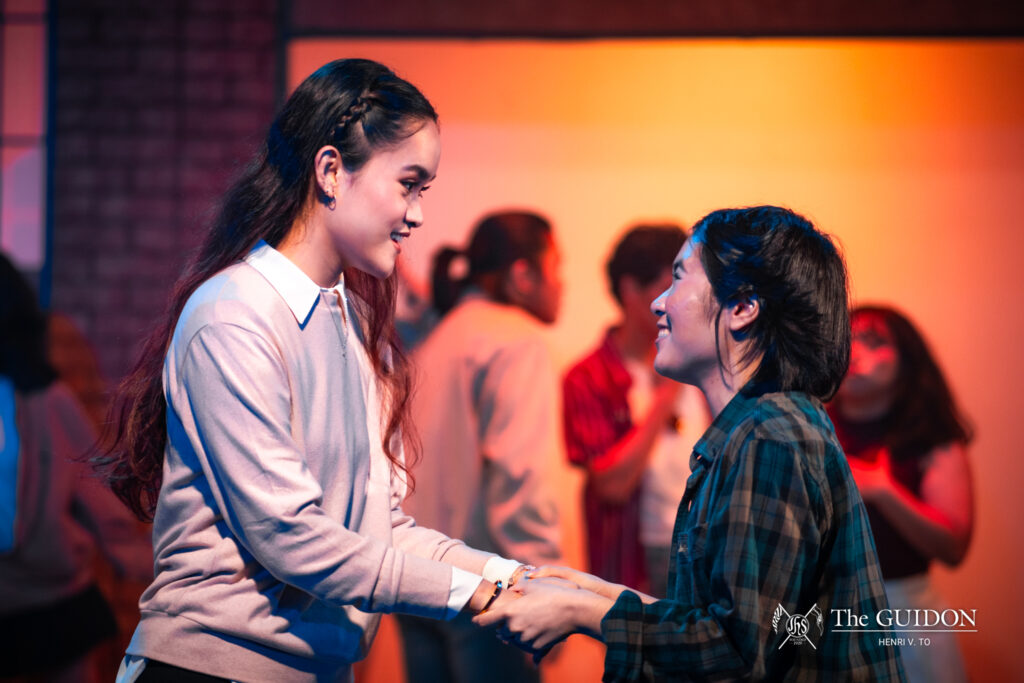It’s easy to think of fashion as frivolous, given how trends come and go. What critics may fail to realize, however, is that the very tendency of fashion to change lends itself to the craft’s purpose: To provide an avenue of self-expression while making statements with style.
The University of the Philippines’ Clothing Technology (UPCT) Class of 2018 wholly embraces that mission. Their graduation show held on January 20, entitled “Damitan Mo Si Maria,” showcased 16 original collections from the young designers. Models walked a maze of runways in the GT-Toyota Asian Center, to the applause of a captivated audience.
When asked about their creative process, the students look back on a semester’s worth of conceptualization and production. They began with pitching ideas to a panel, before moving on to sewing and draping. “‘Damitan Mo Si Maria’ was a collection of stories, and this involved reliving and experiencing them,” say Bea Ticsay, Lawrence Bernardo Perez, Roni Meneses, Janielle Billoso, and Antonina Amoncio of the UPCT class in a collective response. “This may mean looking at images, watching videos, and listening to music that relates most to the concept.”
The umbrella theme of “Maria” broadly gives way to a host of those stories. Contrary to her rigid traditional image, this new “Maria” is a fluid character on the catwalk—yet only as a reflection of the Filipino’s many faces.
“Having different concepts for every collection really strengthened the message we wanted to convey,” the designers continue. “We were able to show how ‘Maria’ can come in different sexualities, personas, social status, and clothing.”
As a result, “Damitan Mo Si Maria” was a diverse fashion show, with the collections distinguished not only by their aesthetics, but their symbolic takes on today’s “Maria.” From class struggle to religion and sexuality, the night explored a host of perspectives through dress. As the students put it, “No matter who or what ‘Maria’ is, there should always be acceptance and equality.”
Billoso’s “Francia,” for example, featured models in caps and outerwear (including leather-esque jackets as well as a coat reading “NOT FOR HIRE” on its back). The set evoked a scene of middle-class commuters, motorcyclists, and even vehicles like jeepneys on today’s busy streets. For a more spiritual interpretation, Yang Lontoc’s “Unang Anim na Araw” had girls in ethereal halos, whites, and grays float down the aisle in wispy fabrics. Other highlights include Dora’s “XXY” and Perez’s “My Beloved,” which both portrayed gender roles as structures to break away from—as voiced through bold colors and elaborately regal outfits.
Wherever “Maria” is along the echelons of society or the gender spectrum does not matter, so long as each identity is given light. The UPCT class reveals those standpoints in their craft, embodying what it truly means to be fashion-forward: Balancing an eye for style with a forward-thinking social conscience. A promising future awaits these designers, who have already begun to weave relevant causes into the threads of their work.






